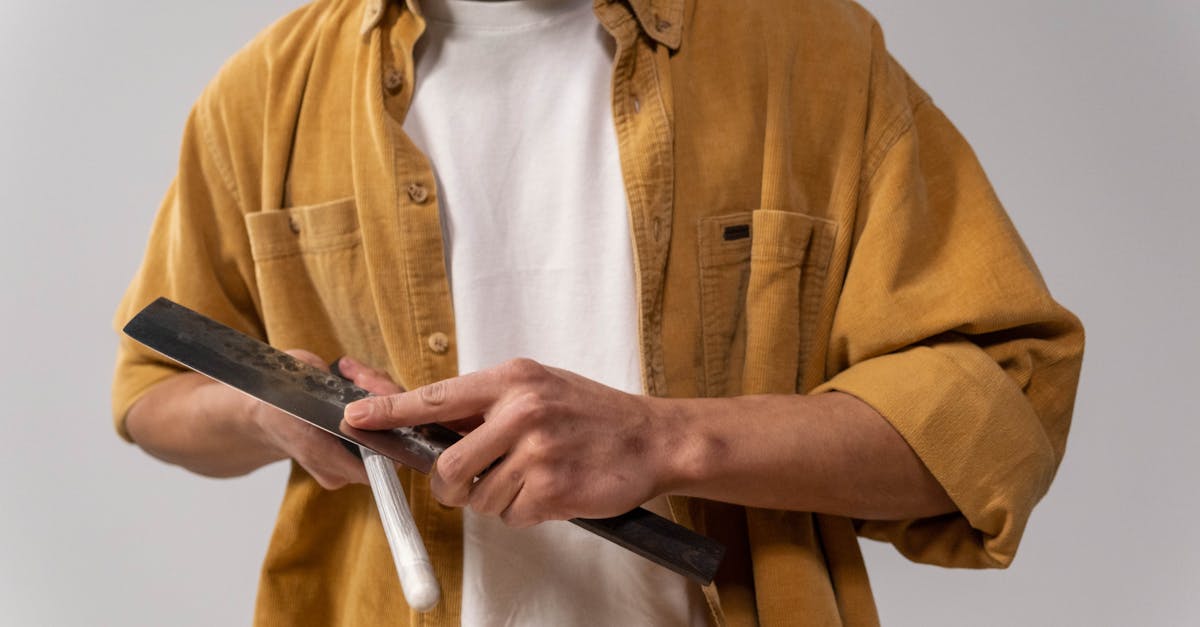Knife Sharpening Demystified: A Chef's Guide

Introduction
Have you ever struggled with dull knives in the kitchen, making chopping and slicing a frustrating task? Fear not, because in this guide, we will demystify the art of knife sharpening, ensuring that you always have sharp blades at your disposal.
Ingredients
- Dull knives
- Knife sharpening stone
- Honing rod
- Towel
Step-by-Step Instructions
-
Assess the Blades: Before you begin, take a close look at your knives to determine how dull they are. This will help you decide on the right sharpening tools to use.
-
Prep the Stone: If you are using a sharpening stone, make sure it is clean and moistened according to the manufacturer's instructions. The stone should be placed on a sturdy surface with a towel underneath to prevent slipping.
-
Angle Matters: Hold the knife at the correct angle against the stone. A 20-degree angle is generally recommended for most kitchen knives. Use gentle pressure and maintain a consistent angle as you slide the blade across the stone.
-
Repeat the Process: Continue sharpening one side of the blade until you see a slight burr form on the opposite side. Then, switch to sharpening the other side until a burr forms again. This back-and-forth motion helps ensure an even edge.
-
Hone for the Finishing Touch: After sharpening, use a honing rod to straighten and align the blade. Hold the rod vertically and run the knife blade along it from the base to the tip several times on each side.
-
Test the Sharpness: To test the sharpness of your knife, gently run the blade across a piece of paper. If it slices through effortlessly, congratulations, you have successfully sharpened your knife!
Remember, regular maintenance of your knives is essential to keep them sharp and safe to use. By following these simple steps, you can enjoy the benefits of working with sharp blades in the kitchen.